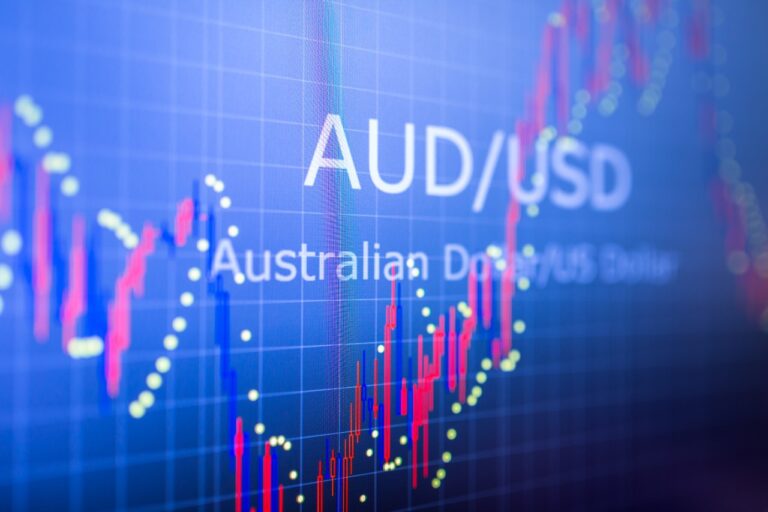Trifecta of bullish drivers lifts AUD/USD to 8-month high
AUD/USD finished higher last week at 0.6576, up 0.34%, marking its highest weekly close in eight months.
Its gains were supported by a trifecta of drivers, which helped it withstand a stream of hawkish tariff headlines that otherwise provided broad support for the United States (US) dollar:
These included the Reserve Bank of Australia’s (RBA) surprise decision to keep interest rates on hold, catching local markets off guard, as a rate cut had been widely expected
Stronger commodity prices, particularly an 8.72% weekly gain in copper, followed President Trump’s announcement of a 50% tariff on copper imports effective 1 August
Stronger-than-expected consumer inflation data in China buoyed hopes that recent stimulus measures and easing trade tensions with the US have alleviated deflationary pressures in the Chinese economy.
China trade data fuels positive sentiment
The positive outlook from China extended into today, with data showing the country’s trade surplus widened significantly to $114.77 billion in June, up from $98.94 billion in May. Within the report, exports rose by 5.8% year-on-year (YoY) in June, up from 4.8% in May, while imports increased by 1.1% YoY, recovering from a 3.4% decline in the previous month. Furthermore, Australian Prime Minister Anthony Albanese reportedly had a ‘very successful’ conversation with Chinese steelmakers and Australian iron ore producers in Shanghai today.
How AUD/USD performs for the remainder of this week will likely depend on fresh tariff headlines, consumer price index (CPI) data in the US, and Thursday’s Australian labour force report, previewed below.
Labour force report
Date: Thursday, 17 July at 11.30am AEST
In May, employment in Australia fell by 2500 jobs, well below the market’s expectation of a 22,500 gain. This decline followed a robust increase of 87,600 jobs in April, suggesting some payback occurred in May. Despite the fall in employment, a marginal easing in the participation rate allowed the unemployment rate to remain unchanged at 4.1% for a fifth consecutive month.
While there has been some mild cooling in the labour market this year, conditions remain tight, as highlighted in the RBA’s statement last week:
‘At the same time, various indicators suggest that labour market conditions remain tight. Measures of labour underutilisation are at relatively low rates and business surveys and liaison suggest that availability of labour is still a constraint for a range of employers.’
The expectation for June is that the Australian economy will add 20,000 jobs and that the unemployment rate will remain steady at 4.1%. If the actual data is in line with, or softer than, expectations, we anticipate the RBA will cut interest rates by 25 basis points (bp) to 3.60% at its next meeting on 12 August.


